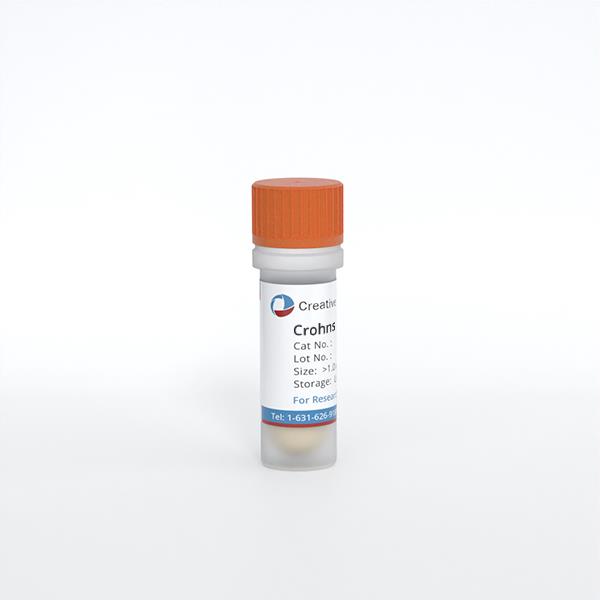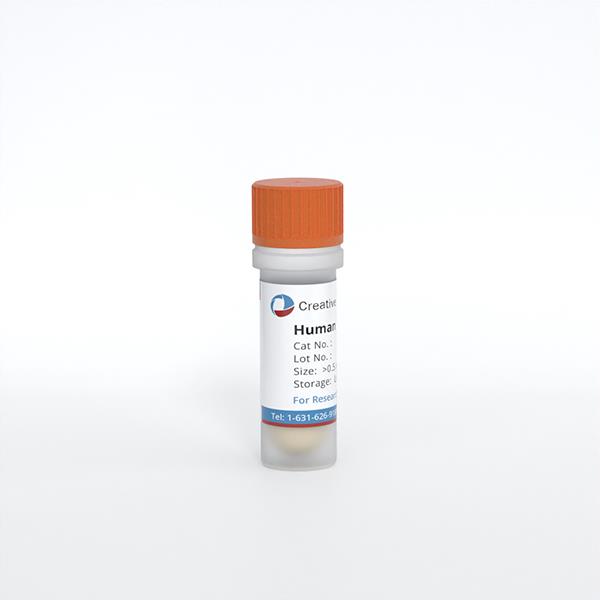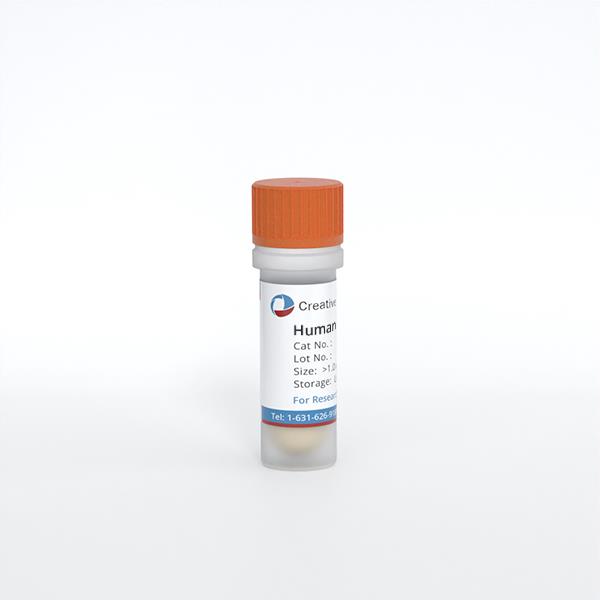
Crohns Disease Human Colon Epithelial Cells
Cat.No.: CSC-C4711Z
Species: Human
Source: Colon; Intestine
Cell Type: Epithelial Cell
- Specification
- Q & A
- Customer Review
Never can cryopreserved cells be kept at -20 °C
Population doubling is a two-fold increase in the total number of cells in a culture and is most often referred to as an exponential or "logarithmic" growth period. The term passaging refers to the number of times a population of cells is removed from a culture vessel and subjected to successive cultures (passaging) in order to keep the density of cells low enough to stimulate further growth. We refer to the first culture after isolation of cells from tissue as primary culture. After the first passaging culture, the cells are described as secondary cultures (or 1st generation). After the second passaging culture, the cells will become a tertiary culture (or 2nd generation) and so on.
Ask a Question
Average Rating: 5.0 | 1 Scientist has reviewed this product
A research partner
Creative Bioarray is more like a partner in my scientific research and has helped me a lot.
26 Apr 2021
Ease of use
After sales services
Value for money
Write your own review

